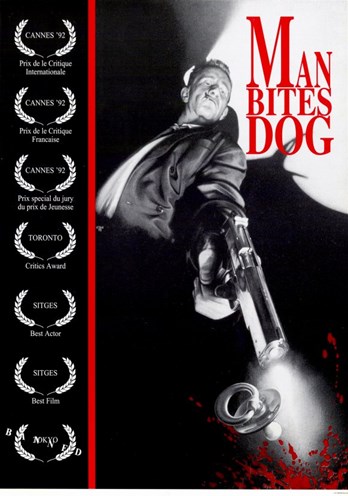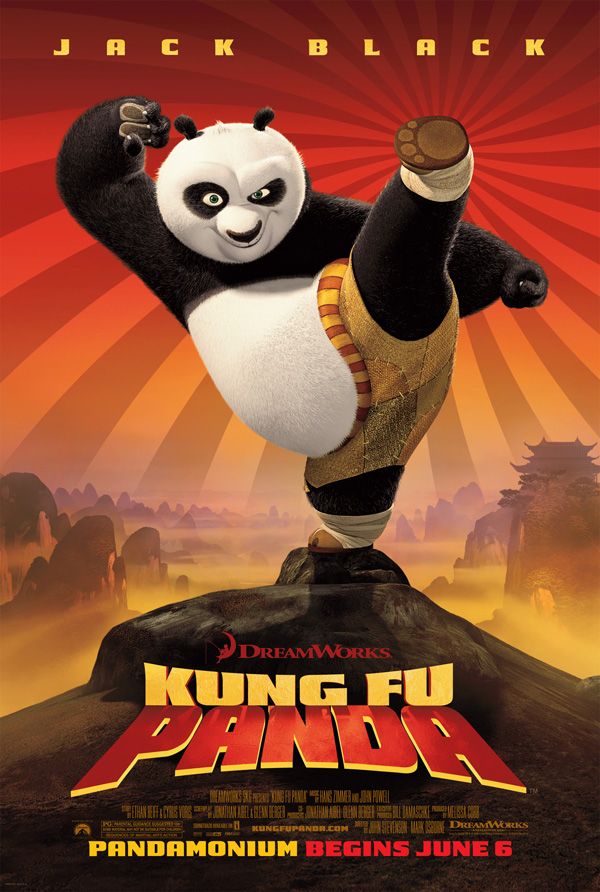For someone constantly striving to hone world building skills, there are certain resources that tower above the others in terms of usefulness. Up near the top, with a respectful nod to Tolkien of course, is Avatar, the highest grossing film in cinematic history and the stimulus of a 3D renaissance. It has been praised for its visual genius and mocked as a cheesy version of "Dances with Smurfs," but its success and the fact that it has spawned so much dialogue is extraordinary, especially as a science fiction film taking place in a world that is not our own, a genre that traditionally caters to a niche market. The true magic of Avatar rises from its visual elements, but in order to spawn such breathtaking cinematography, the foundation had to first be laid in print. Examining this foundation has been very enlightening, and even inspiring, on the following levels.
The world of Pandora shares much in common with Earth in that there are plants and animals, which interact with each other in a systematic and occasionally predatory way. However, on a cinematic level, these worlds differ fundamentally, starting with lighting. Unlike the planet, Earth, Pandora is a moon, orbiting around a gas giant, which provides most of the planet's lighting through reflection. Pandora's ecosystem then compensates for the lack of light through ubiquitous bioluminescence, the element which contributes most successfully to the dreamlike nature of the world. Additionally, the lower gravity of this moon and the presence of "unobtanium" in the soil, have permitted massive growth among the fauna and flora, further diminishing the importance of puny humanity and thus turning the dream world into a nightmare.
A note on unobtanium: the film doesn't really clarify what "unobtanium" really does or why it's worth so much to humanity. The name "unobtanium" sounds ridiculous, and so it seems a haphazardly planted element in an otherwise elegant world. The screenplay describes it as a magnetic material producing a maglev (magnetic levitation) effect, designating it as an important raw material for anti-gravity technology, something understandably useful to space-age humanity. However, there is one brilliant aspect to this omission in the film, which is all but impossible to see on screen. On page 30, Grace picks up a copy of Dr. Seuss' The Lorax from a school desk, an act of little to no significance in a quick camera shot. However, the central conflict of The Lorax, which was initially banned from television, comes from the destruction of the Truffula trees to produce Thneeds, which have no function at all but are in high demand. Thus, by omitting the use of unobtanium, the filmmakers have created a useless MacGuffin, for which the greedy are willing to destroy anything, making their actions even more barbaric to the viewer.
Conversely, there were quite a few thematic elements to the screenplay that enriched the reading experience but felt sadly lost in the viewing. The first instance comes from the distinction between the human connection to machines, one of distance and utility (e.g. Quaritch's controlled Wushu kata while hooked up to an ampsuit), and the Na'vi connection to the creatures they ride, one of intimacy and brotherhood (e.g. linking up to the banshees, which then bond to their riders for life). The contrast between these two relationship styles serves to highlight a rapid social retreat from personal intimacy in favor of the mechanical, which is easier to discard. We can see this in the futuristic Earth, all but destroyed and littered with what has been discarded (like Jake), a way of life that the colonists of Pandora believe will serve them well on all worlds. Therefore, we have the cultural conflicts of destruction/disdain and life/respect, a theme addressed in the film but more succinctly described in the script.
The allure of the Na'vi culture and the negative effects of the conquering human worldview on Jake's psyche come across much more clearly in the screenplay than in the film. Jake comes from this cold, hostile world of machines and people, but it is on Pandora, among an alien culture of respect and intimacy, that he is able to find his humanity. It is literally drawn out of him and absorbed into a new body to the point that he is more human as an alien than he ever was among other humans. His transformation thus invites the viewer to question the limits of his or her own humanity, though it's doubtful how many viewers left the theater questioning their human natures.
Thematic elements can be dreadfully difficult to visualize without inserting bad lines of exposition, so I make no judgment there. However, the creation of this world with its vast zoological population required a lot of exposition, the technique of which I badly want to learn. James Cameron (who, for some reason, just can't fit into one name like "Spielberg") introduces his menagerie of alien creatures in a dual manner: in the scene descriptions, they are known by Mendelian Greek names (e.g. leonopteryx), while the characters in the film refer to them exclusively by their Na'vi nomenclature (e.g. toruk). This makes it easier for the reader to keep track of creatures without spending unnecessary time trying to pronounce the names, while on screen, the viewer has a visual guide to the creature and thus does not care what it's called anyway. The writing sets up this visual guide simply, focusing on one or two specific traits: teeth, leg count, colors, crests, horns, what Earth animal it might represent, and what Earth animal it could rip apart. The characters then add details of the creatures' ecological importance (human) or cultural importance (Na'vi). In the end, it only takes us a few lines to understand each creature's role in the world and to let it be absorbed into the backdrop without forgetting what it is when it returns later.
The combined script and film are rich in detail, though the latter unfortunately takes a turn toward the cliché through ad libbing. Nonetheless, the details of this world drive the whopping 152-page screenplay and three-hour film in the form of smaller adventures and simple moments of awe at the bioluminescence, the floating mountains, or the wonders of flight. The world provides conflicts and lessons aplenty, leaving us no chance to be bored and only a little opportunity to be confused. The Avatar screenplay is a great reference for creating a world that is not only spectacular and innovative but also relatable.


-poster-846282.jpg)














